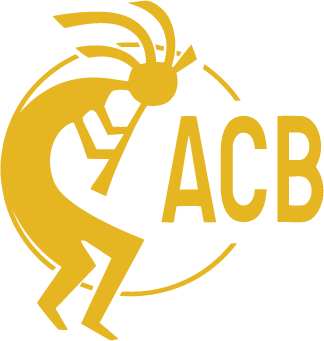FCC Update:
Requests for Waiver of 5.9 GHz Band Rules to Permit Initial Deployment of Cellular Vehicle-to-Everything Technology, ET Docket No. 19-138
order DA 13-1048 FCC又批准了4家设备制造商C-V2X 豁免的申请:
Each of the Applicants’ waiver requests to deploy Cellular Vehicle-to-Everything (C-V2X) technology within the 5.895–5.925 GHz band were granted by the Bureaus.. (Dkt No 19-138). by LETTER. (DA No. 23-1048). WTB PSHSB OET.
ISED Update:
CONSULTATION: RSS-287, issue 3 – Emergency Position Indicating Radio Beacons (EPIRB), Emergency Locator Transmitters (ELT), Personal Locator Beacons (PLB), and Maritime Survivor Locator Devices (MSLD)
ISED正在征求对RSS-287第3期磋商的意见,截止日期2024年1月12日
ISED is seeking comments on the consultation of RSS-287, issue 3 – “Emergency Position Indicating Radio Beacons (EPIRB), Emergency Locator Transmitters (ELT), Personal Locator Beacons (PLB), and Maritime Survivor Locator Devices (MSLD)”. This standard sets out the requirements for certification of:
- Emergency position indicating radio beacons (EPIRBs)
- Emergency locator transmitters (ELTs)
- Personal locator beacons (PLBs)
- Maritime survivor locator devices (MSLDs).
Comments are due no later than January 12th, 2024.
FCC Questions and Answers:
近期FCC KDB更新
Question: What guidance is available for labeling and user information for RF devices?
Guidelines for labeling and user information for RF devices are contained in the following attachments:
- 784748 D01 Labeling Part 15 18 Guidelines v09r02 provides general guidance for labeling and user information.
- 784748 D02 e labeling v02r01 provides guidelines for displaying label information electronically (e-label).
EU Updates:
New standards published by ETSl in November 2023
ETSI EN 303 797 V2.1.1 (2023-11)
Intelligent Transport Systems (ITS); ITS ITS-G5 Access layer in the 5 GHz frequency band; Release 2
ETSI EN 300 338 338-6 V1.3.0 (2023-11)
Technical characteristics and methods of measurement for equipment for generation, transmission and reception of Digital Selective Calling (DSC) in the maritime MF, MF/HF and/or VHF mobile service; Part 6: Class M DSC
MIC Reminders:
关于MIC(日本认证)的两点提醒
Two specific items to remember for MIC (Japan certification)
- Calibration of test equipment: It must be checked that the calibration of test equipment used during the testing is calibrated with an interval of 1 year maximum. There must be either a calibrated date + calibration due date noted in the test report or there must be a clear note, when only due dates are noted, that the calibration interval is 1 year max.
- Environmental conditions during testing: In any case, test reports used for Japan certification need to note the environmental conditions during testing such as ambient temperature and relative humidity.


